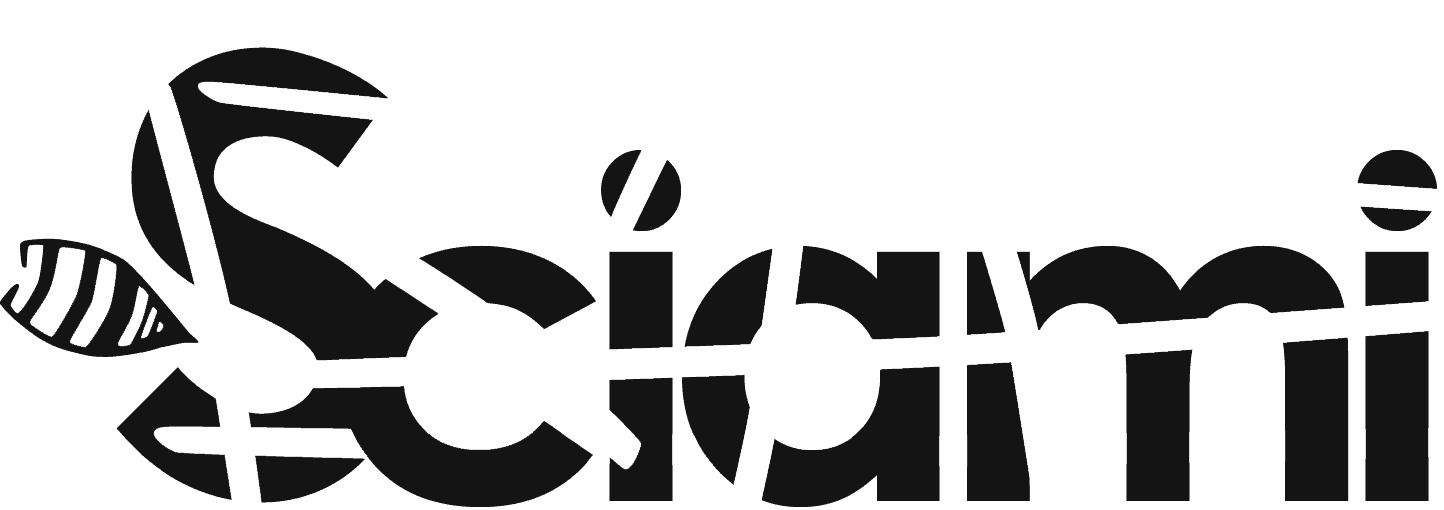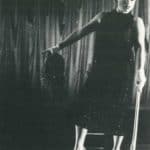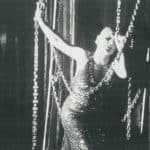Ritratto dell’attore da giovane (1985)
Night drama
by Federico Tiezzi
directed by Federico Tiezzi
lights by Giuseppe Calabrò
costumes by Loretta Mugnai
scenography by Andrea Bacci and Manola Casale
soundtrack by Sandro Lombardi
collaboration in the dramaturgy by Rubina Giorgi
with Julia Anzilotti, Marion D’Amburgo, Sandro Lombardi, Rolando Mugnai, Federico Tiezzi
Premiere Scandicci, Teatro “i Magazzini”, 27 aprile 1985
Memory loss: a triptych for the theater of poetry
by Lorenzo Mango
[…] Ritratto dell’attore da giovane appears more intimate, reflective and crepuscular, offering itself almost as a kind of private agreement compared to Genet a Tangeri. As the latter opened onto a cosmogony, so Ritratto turns its gaze inward; an art about art, a theater about theater. The play is built symmetrically. Two acts for two actors: the first dedicated to women – Marion D’Amburgo – the second to men – Sandro Lombardi. Both characters, who keep the names of the actors to emphasize the autobiographical nature of the show, are accompanied by two Mutes who embody the deep spirit that makes the unconscious visible, the pre-intellectual part of the actors. “But even though at first sight more schematic than Genet – Lombardi recalls – actually Ritratto supersedes the static theatricality that informs Genet”; there is a mobility in the acting that avoids the oratorical tone that pervaded the previous play.
The dramatic action now turns to the present as a stream of consciousness in free fall.
The setting of the drama is a pool that fills almost the entire stage; a cinematic citation, the pool of Sunset Boulevard, but also something else: the therapeutic pool of mental asylums, the symbolic representation of swirling, dark, murky water like that of the unconscious. Marion D’Amburgo’s monologue is modeled precisely on the atmosphere of Sunset Boulevard, with its dominant themes of waiting for a “final rehearsal,” one last great performance that will be an apotheosis, a martyrdom and a death, and the excruciating return, among the ghosts of the past, of their characters. Writing the text as a Joycean stream of consciousness, Tiezzi weaves this situation through an image typical of Genet: expecting the arrival of revolutionaries. Once more a war that presses at the gates and besieges the theater, like a shadow, a promise, in some sense a liberation. In Marion’s character this sentiment of expectation is brought to an extreme: she is an “old, young actress,” an undone star, a sick body that aspires to an impossible redemption. Her only ambition is to destroy and disintegrate the theater; but the dramatic sense of her destiny of death is distorted by piercing flashes of the grotesque that make her impassable even in the sublime space of tragedy, the pristine space that the modern theater can no longer draw on. Her desire for destruction is expressed fully in the relationship that Marion establishes with her Mute, her animal spirit, her feral presence, which accompanies her as her double. It is a heated, dramatic, sometimes comical conflict that offers no peace. While Marion talks, she is euphoric or despairing, devouring the corpses sunk in the pool, the Mute runs, screams, groans and jumps, expressing a physical vitality, an exuberance that opposes the actress’s solemn, ponderous, suffering presence. Hence the hatred and love that binds them, being part of a unit that has broken, half of it tragically living an impossible desire to be reunited.
Documents are published in original language. In case the translation is present, both the original and the translation are published.
Federico Tiezzi, Ritratto dell'attore da giovane, in Federico Tiezzi, Perdita di memoria: una trilogia per Magazzini Criminali, Ubulibri, Milan 1986
Sandro Lombardi, Estratto dal programma di sala di Ritratto dell’attore da giovane, «il Patalogo», 8, 1985
Sandro Lombardi, Gli anni felici. Realtà e memoria nel lavoro dell’attore, in Sandro Lombardi, Gli anni felici. Realtà e memoria nel lavoro dell’attore, Garzanti, Milan 2004
Gianfranco Capitta, Ghiaccio in piscina, «Il Manifesto», 30 April 1985
Paolo Lucchesini, Tutta la memoria di quei Magazzini, «La Nazione», May 1, 1985
Ugo Volli, Evviva il gioco del teatro spudorato, ma così sincero, «la Repubblica», May 1, 1985
Sara Mamone, Attor giovane, la tua memoria è al cinema, «l’Unità», 3 May 1985
Carlo Infante, Addio teatro crudele, «Reporter», May 8, 1985
P. Per., Con i «Magazzini» muore la speranza, «La Stampa», 27 November 1985
Oliviero Ponte di Pino, Note sulla realizzazione scenica, in Federico Tiezzi, Perdita di memoria. Una trilogia per Magazzini Criminali, Ubulibri, Milan 1986
Gianni Manzella, Ritratto dell’attore da giovane, «il Patalogo», 8, 1985






